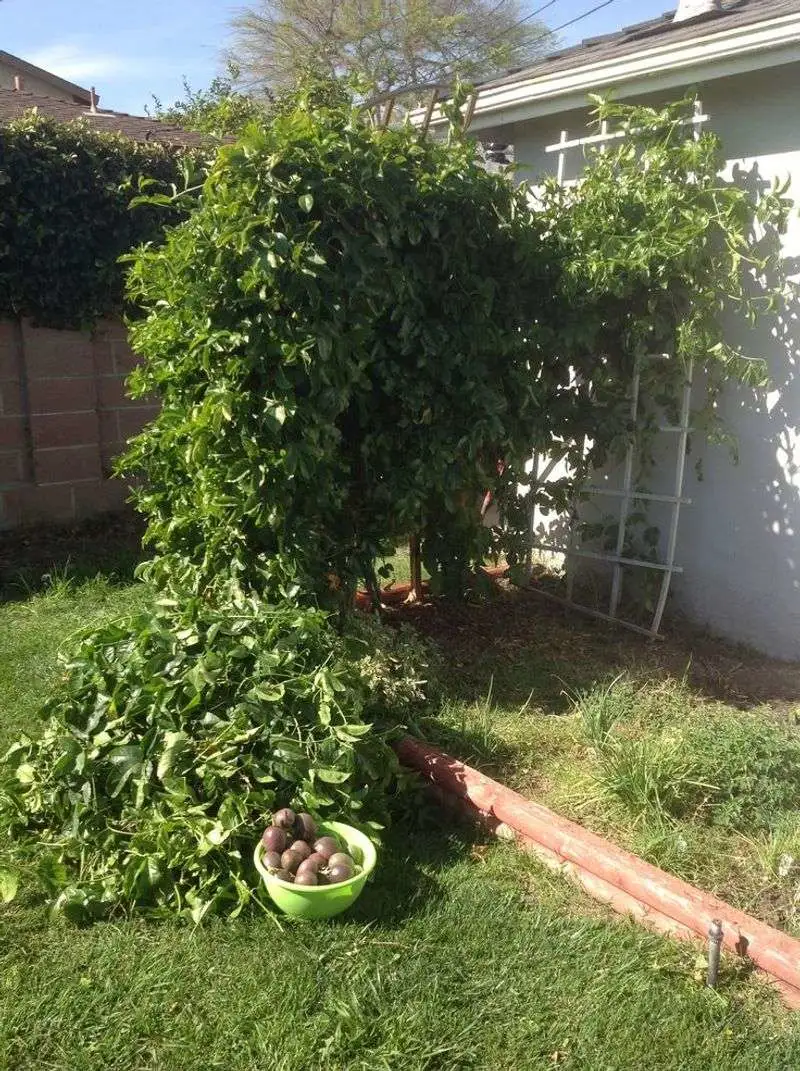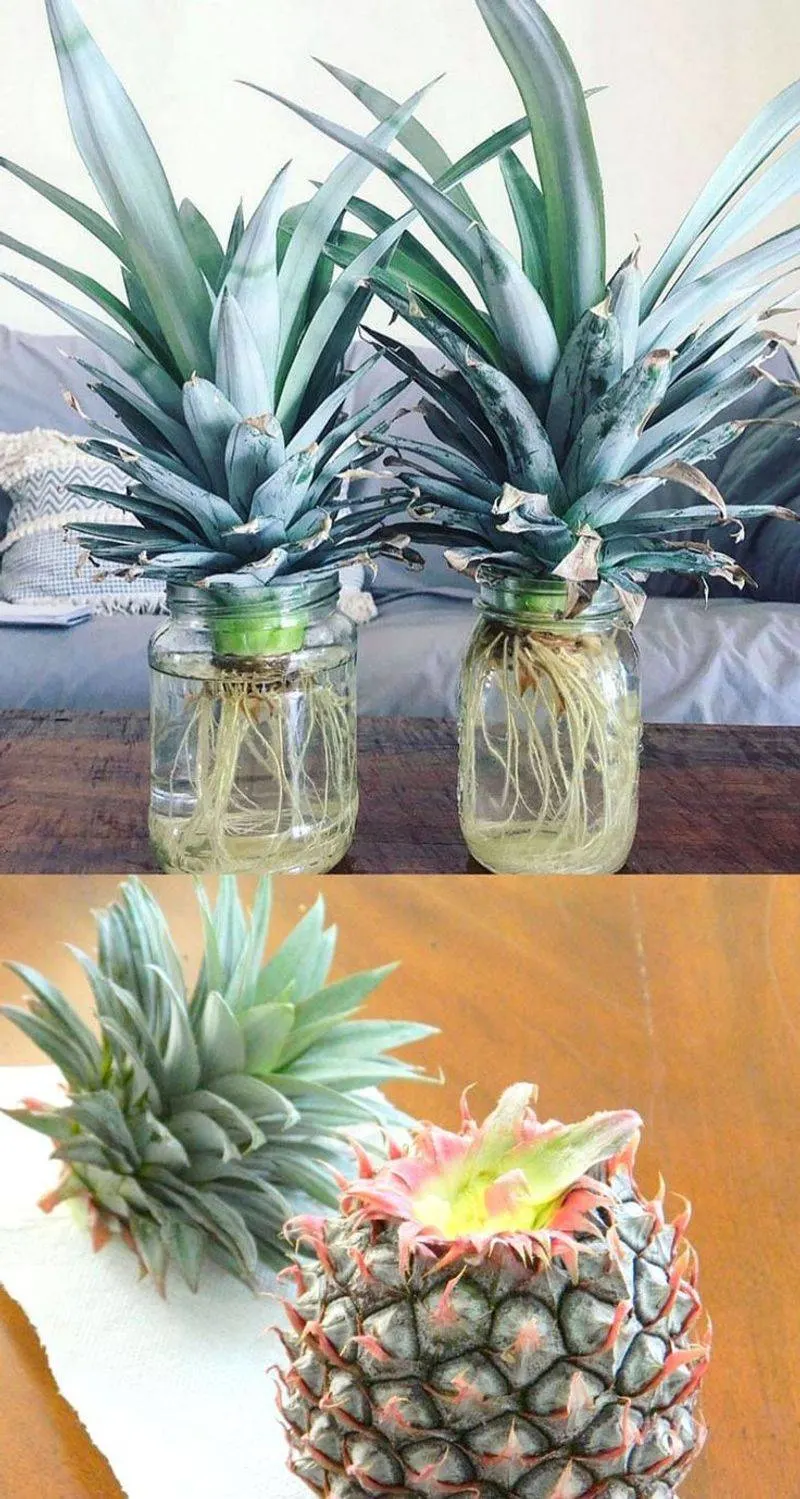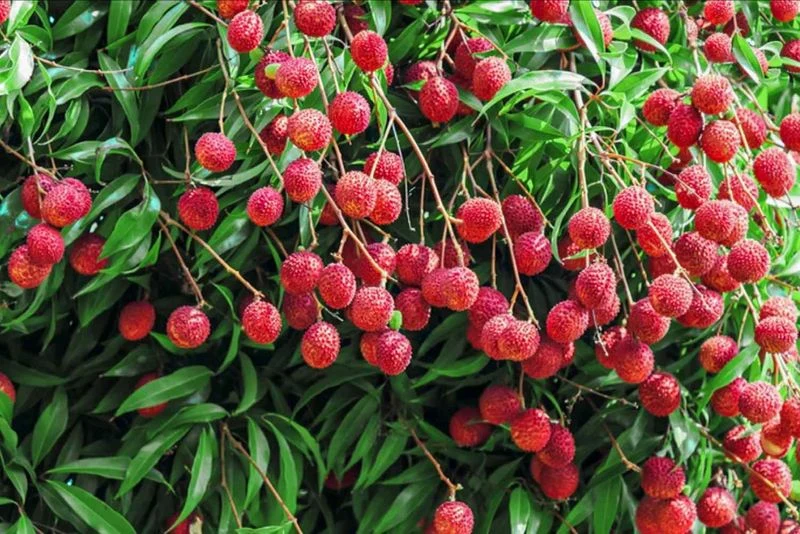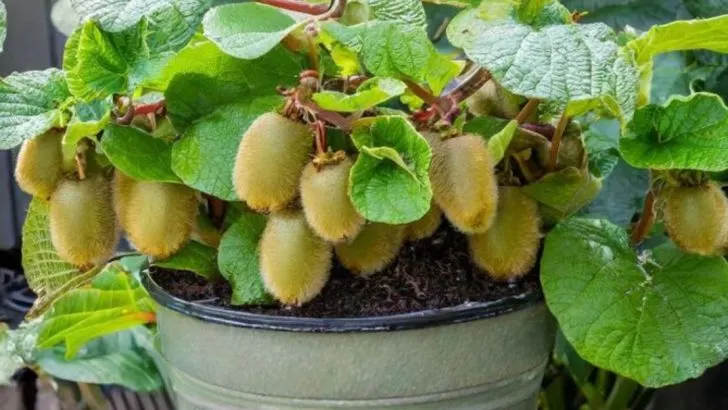Imagine harvesting juicy passionfruit, sweet guavas, or vibrant dragon fruit—right from your own home. Growing exotic fruits may sound like a challenge, but with the right techniques and a little patience, it’s entirely possible, even in non-tropical climates.
Many exotic fruit plants can thrive indoors, in greenhouses, or on protected balconies. Understanding their specific needs—like light, temperature, and humidity—will set you up for success and bring a touch of the tropics to your space.
In this article, discover what you need to know to start growing exotic fruits at home—and enjoy flavors you’d rarely find at the supermarket.
Dragon Fruit

Beneath its striking pink exterior, dragon fruit offers a mild, sweet flavor. Growing this cactus family member requires sunny spaces and well-drained soil. The plant flourishes in warm climates but can be grown indoors with adequate light. Known for its night-blooming flowers, it’s perfect for nocturnal gardening enthusiasts. Imagine waking up to a bloom that vanishes with the morning sun. Fun fact: dragon fruit is rich in antioxidants, making it a healthy addition to your diet. Search for a variety that suits your taste, from sweet to tangy, and start your dragon fruit journey today!
Passion Fruit

Passion fruit vines bring a tropical feel to any garden with their aromatic flowers and vibrant fruits. These vines crave a sunny spot and a sturdy structure to climb. As they mature, they reward you with round, purple fruits filled with juicy seeds. The refreshing, tangy flavor is perfect for drinks or desserts. Growing passion fruit might remind you of a relaxing vacation in the tropics. Did you know? The passion fruit flower symbolizes the crucifixion of Christ, lending a spiritual touch to its beauty. Enjoy a slice of paradise in your backyard.
Mango

Mangoes, synonymous with tropical indulgence, can be grown at home with dwarf varieties. These compact trees thrive in well-lit indoor spaces or sunny balconies. Their fragrant blossoms turn into luscious, sweet fruits that evoke memories of sun-soaked beaches. Mango trees need patience and care, with rewards that fulfill any gardener’s dream. Interesting tidbit: Mangoes are one of the most widely consumed fruits globally, beloved for their versatility and flavor. Whether you enjoy them fresh, in smoothies, or as part of a dish, growing mangoes offers endless culinary possibilities.
Pineapple

Pineapples bring a taste of the tropics to your home with minimal effort. Start your plant from a grocery store pineapple’s crown and watch it transform into a decorative indoor plant. Pineapples prefer bright, indirect light and warm temperatures. Their quirky appearance and sweet fruit make them a conversation starter. It might take up to two years for a pineapple to mature, but the wait is worthwhile. Fun fact: Pineapples were once a symbol of wealth and hospitality in colonial America. Add this charming plant to your collection for a unique homegrown fruit experience.
Kiwifruit

Kiwifruit vines, with their heart-shaped leaves, can transform any backyard into a green haven. These vines demand a sunny location and a sturdy trellis to support their sprawling growth. As they mature, they produce fuzzy brown fruits with a vibrant green interior. The tart, sweet flavor of kiwifruit is a delightful addition to salads or desserts. Did you know kiwifruit originated in China and was initially known as Chinese gooseberry? This fascinating history adds an exotic allure to your gardening adventure. Enjoy the process and relish the fruits of your labor.
Lychee

Lychee trees are a delightful choice for those seeking to grow exotic fruits at home. These trees thrive in warm, humid conditions, making them ideal for tropical climates. Their fragrant flowers develop into juicy, translucent fruits encased in rough, red shells. The sweet, floral taste of lychee is a favorite in Asian cuisine, perfect for desserts or cocktails. Fun fact: Lychees have been cultivated in China for over two thousand years, treasured for their unique flavor and texture. Growing lychee adds a touch of history and elegance to your garden.
Guava

Guava trees offer a tropical twist to home gardening with their aromatic fruits and glossy leaves. These trees prefer sunny spots and well-draining soil. As they grow, they produce yellow-skinned fruits with sweet, pink flesh. Guavas are rich in vitamin C, providing a healthful boost to your diet. Growing guava might remind you of sunlit orchards and the comforting scent of fruit-laden trees. An interesting fact: Guava leaves can be used to make a fragrant tea. Cultivate guava for a rewarding blend of beauty and practicality in your garden.

